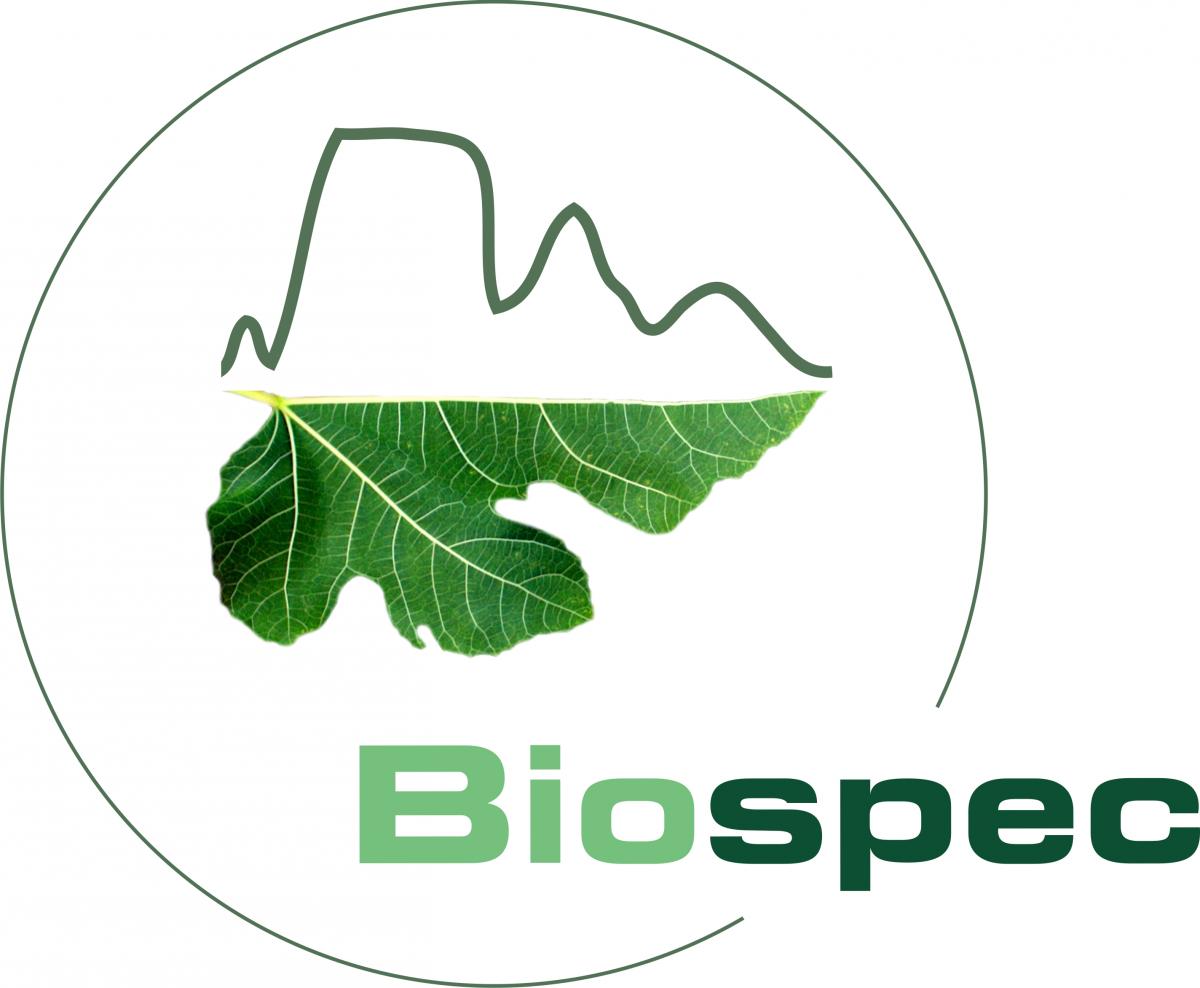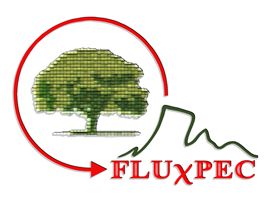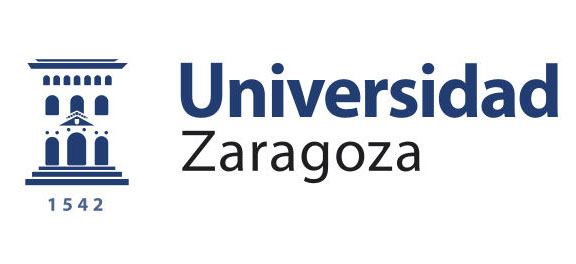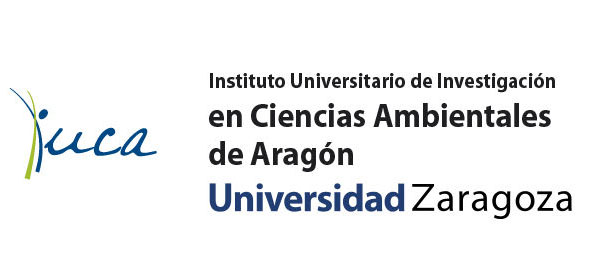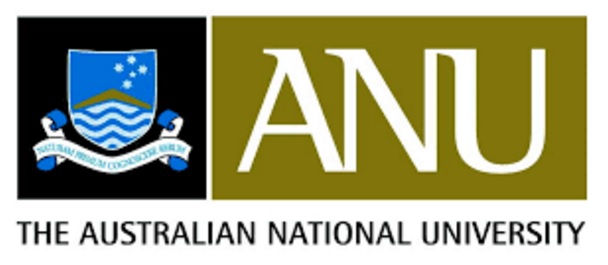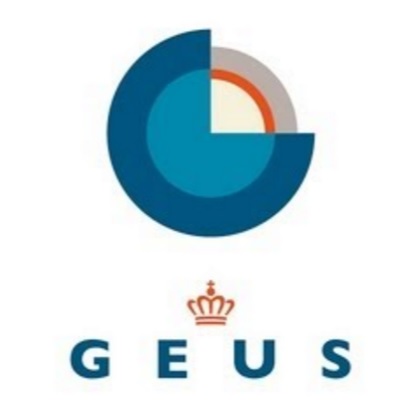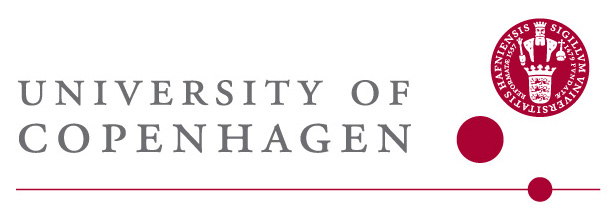Objectives
This proposal contributes to the development/improvement of medium scale remote sensing products for the estimation of key vegetation biophysical variables from the combination of Landsat-8 (LT-8) and Sentinel-2 (S-2) data. The initial hypothesis of the proposal is that current satellite products based on coarse resolution sensors are not sufficient for the analysis of tree-grass ecosystems, therefore, there is a need for accurate information on vegetation parameters for different environmental applications (including the estimation of global patterns of surface-atmosphere fluxes) in these ecosystems.
The specific research objectives of this proposal can be summarized as:
• Combining Landsat-8 (LT-8) and Sentinel-2 (S-2) with a previous analysis of Landsat-5 (LT-5) time series to generate Canopy Water Content (CWC) Leaf Area Index (LAI) and chlorophyll content (Chl) product prototypes and explore the potential of L8+S2 images for the estimation of canopy nitrogen (N) content.
• Use 3-Dimensional (3D) Radiative Transfer Model (RTM) to design revised/new vegetation indexes (VI) that are more sensitive to abovementioned vegetation parameters.
• Use hyperspectral data acquired at canopy level with field and remotely piloted aircraft (RPA) mounted field spectroradiometers + airborne images to improve separation of physiological and biogeochemical properties of the ecosystem components.
• Calibrate and validate the algorithms using a variety of past and ongoing field campaigns in tree-grass ecosystem in Spain.
• Analyze the capabilities of the generated LAI, Chl and CWC products to predict and spatialize GPP using light use efficiency based models.


